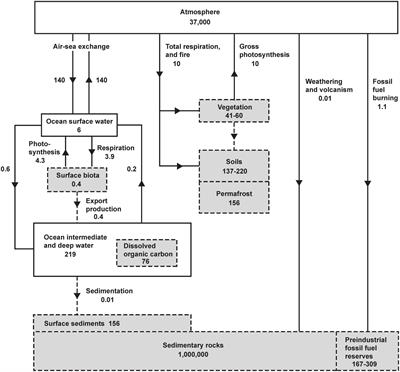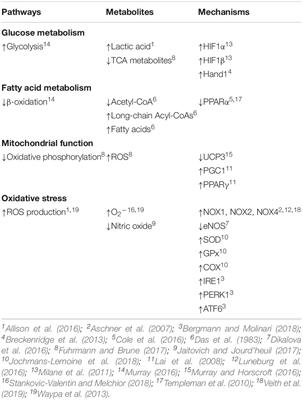REVIEW
Published on 02 Mar 2021
Impacts of Changes in Atmospheric O2 on Human Physiology. Is There a Basis for Concern?

doi 10.3389/fphys.2021.571137
- 25,121 views
- 13 citations
35k
Total downloads
165k
Total views and downloads
Select the journal/section where you want your idea to be submitted:
REVIEW
Published on 02 Mar 2021

REVIEW
Published on 22 Jul 2020

PERSPECTIVE
Published on 22 Jul 2020

ORIGINAL RESEARCH
Published on 15 Jul 2020

PERSPECTIVE
Published on 14 May 2020

ORIGINAL RESEARCH
Published on 06 May 2020

ORIGINAL RESEARCH
Published on 27 Apr 2020

REVIEW
Published on 29 Nov 2019

MINI REVIEW
Published on 22 Nov 2019

ORIGINAL RESEARCH
Published on 30 Oct 2019

REVIEW
Published on 29 Oct 2019

BRIEF RESEARCH REPORT
Published on 29 Oct 2019

Frontiers in Ecology and Evolution
Frontiers in Genetics